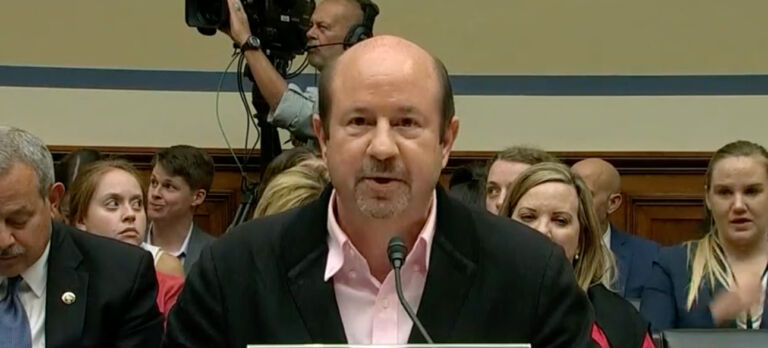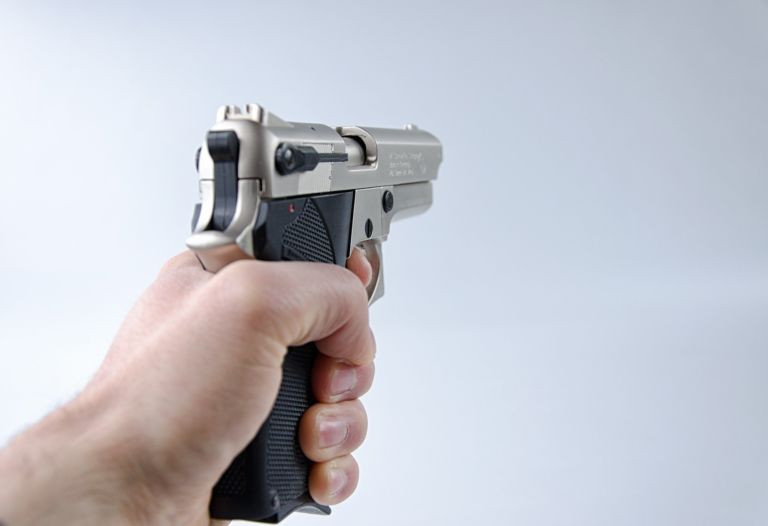After the Parkland school shooting, Americans are questioning the safety of the nation’s public schools. It is an entirely rational response to the murder of 17 students and teachers at Marjory Stoneman Douglas High School in Parkland, Florida on February 14.
In an article published by Northeastern News, titled “Schools are safer than they were in the 90s, and school shootings are not more common than they used to be, researchers say,” James Alan Fox, a professor at Northeastern University, gives some much-needed historical perspective on school shootings in the United States. According to the article,
Since 1996, there have been 16 multiple victim shootings in schools, or incidents involving 4 or more victims and at least 2 deaths by firearms, excluding the assailant.
Of these, 8 are mass shootings, or incidents involving 4 or more deaths, excluding the assailant.
Mass school shootings are incredibly rare events. In research publishing later this year, Fox and doctoral student Emma Fridel found that on average, mass murders occur between 20 and 30 times per year, and about one of those incidents on average takes place at a school.
In their research, Professor Fox and doctoral student Emma Fridel refute the notion that there is an “epidemic” of school shootings.
“Four times the number of children were killed in schools in the early 1990s than today,” Fox said. “There is not an epidemic of school shootings,” he said, adding that more kids are killed each year from pool drownings or bicycle accidents. There are around 55 million school children in the United States, and on average over the past 25 years, about 10 students per year were killed by gunfire at school, according to Fox and Fridel’s research.
Fox supports the ban on bump stocks and believes that the age to purchase a semi-automatic rifle should be increased from 18 to 21. But he cautions that school shootings “are extremely rare events, and no matter what you can come up with to prevent it, the shooter will have a workaround.” Fridel adds that increasing mental health services for children and young adults may also improve school safety.
Fridel contends that active shooter drills, metal detectors, and ID cards do not appear to avert school shootings, which have occurred at schools that have incorporated one or more of these safety measures. When barriers to school entry are present, shooters may simply choose to target students outside of the school building, such as in a parking lot, playground, or sports venue. Shootings in Stockton, California and Jonesboro, Arkansas, for example, occurred outside of the building.
Professor Fox does not support the idea of arming teachers, a sentiment shared by Republican Superintendent of Public Instruction Mark Johnson and Democratic Gov. Roy Cooper. Carolina Journal reporter Lindsay Marchello writes that Johnson supports an increase in funding for school resource officers, who are sworn law enforcement officers that serve in public schools.
Parents generally agree. A 2017 poll conducted by the Pew Research Center suggests that a slight majority of parents do not favor allowing teachers and school officials to carry guns. The nationally representative survey of 3,930 U.S. adults found that 53 percent of parents opposed arming teachers, while 46 percent of parents supported the idea. Nevertheless, it is split across party lines with 69 percent of Republicans wanting to allow teachers to carry guns and 73 percent of Democrats opposing it.
I suspect that the newly created House Select Committee on School Safety will consider all options, as state lawmakers look for ways to ensure that all North Carolina public schools are safe for all children and school employees. And, in general, most are. According to data from the N.C. Department of Public Instruction, 1,127 schools (43 percent) reported no acts of school crime last year, and 966 schools (37 percent) reported five or fewer offenses. The total and per-student acts of crime and violence have been on the decline in recent years. And the number of times that a student was reported for possession of a “firearm or powerful explosive” dropped from 118 in 2016 to 105 in 2017.
They key to addressing the issue of school safety will not be easy. As long as the discussion is rooted in facts and data, I believe that it will be a productive conversation.


